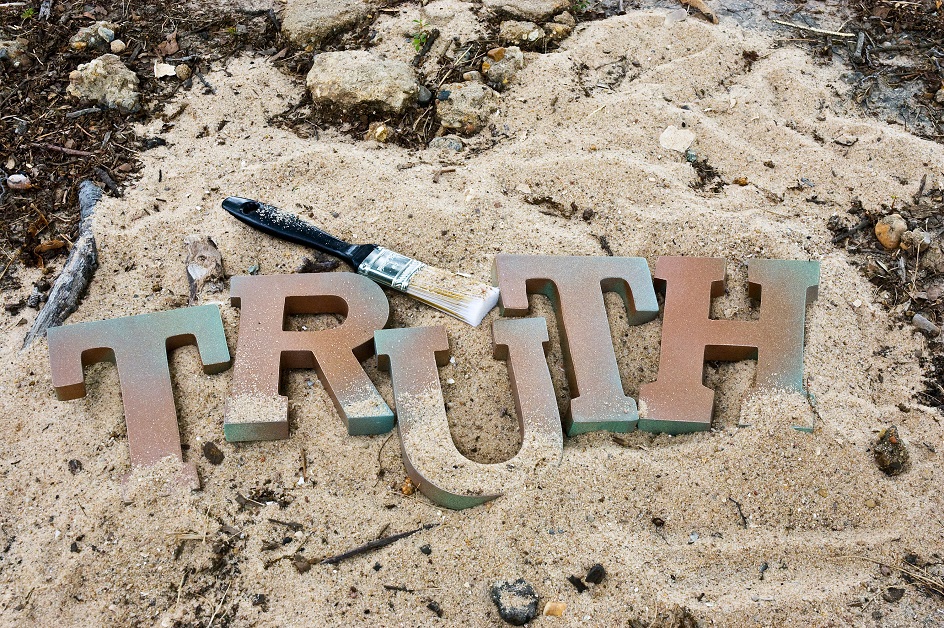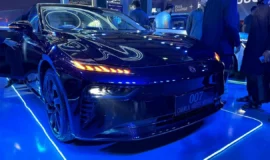
What if the declining Rupee against the US Dollar isn’t the only reason car assemblers keep increasing their prices.
You have read about the rising prices of cars and motorcycles on this site so many times that you could probably recite the usual excuses for these hikes. The strengthening of the US Dollar against the Rupee is the most convenient excuse, and the rising cost of production, including utilities, labor rates, and national and international raw material costs, is another. But what if neither of these ready-made excuses were the actual reasons why car and motorcycle prices keep going up in Pakistan?
Some Jaw Dropping Claims
The Pakistan Association of Parts and Accessories Manufacturers (PAAPAM) hired a financial consultancy firm to investigate the rampant price hikes, and the following information is based on their revelations.
Over the last five years, car prices in Pakistan have increased by 100-149 percent. For instance, the price of a Toyota Corolla Altis 1.6 rose by 149 percent from 2019 to 2023. During the same period, the Pakistani Rupee has depreciated against the US Dollar by 71 percent, while auto parts prices have increased by 33-112 percent. When confronted with these figures, Ali Asghar Jamali, CEO of Indus Motor Company, was less than thrilled and questioned the data, although he was unable to provide “accurate data” himself. Not surprisingly, Pak Suzuki Motor Company Limited was also dissatisfied with the findings.
The situation becomes even more complicated when it comes to two-wheelers.
Localization! What Localization?
The auto assemblers, red-faced with embarrassment, have claimed for years that they are working to use locally-manufactured or assembled auto parts. The rationale is that the less they depend on imports, the less they will be exposed to the ever-fluctuating Dollar-Rupee exchange rate, and the less frequently they will have to change their prices. However, their claims sound hollow given the multiple price hikes.
Claims v Counterclaims

Atlas Honda claims CD 70 has achieved 96 percent localization. Which means 96 percent of the bike’s components are produced locally. This makes one believe it is largely protected against factors that cause price hikes in the automobile industry. Not so, when you look at the numbers.
In the period 2019 – 2023, CD 70 price increased by 65 percent. However, during the same period, the cost of certain key components used in manufacturing the bike, such as forging and rubber parts, increased by 84% and 72%, respectively. Additionally, during this period, the Pakistani rupee lost value by 71%.
Overall, this suggests that despite efforts to locally source components and reduce production costs, the price of the Honda CD-70 bike has still increased significantly due to inflationary pressures on the cost of key inputs, as well as currency depreciation. OR it could mean that the said bike’s components have not achieved 96 percent localization. OR it could mean that even if localization has been achieved, as claimed, it is only in plastic and rubber parts rather than engine parts.
Pak Suzuki Motor Company Limited claims the following:
- Suzuki Swift localization – 35%
- Suzuki Cultus localization – 51%
- Suzuki Wagon R localization – 60%
- Suzuki Alto localization – 62%
- Suzuki Bolan localization – 72%
- Suzuki Ravi localization – 68%
This is however disputed by CEO of Baluchistan Wheels Limited who claims that:
- Suzuki Swift localization – 20%
- Suzuki Alto localization – 30% – 35%
- Suzuki Bolan localization – 50%
- Suzuki Ravi localization – 50%
Haste Makes Waste
In its desperate quest to attract foreign investors, the government of Pakistan has offered various incentives to those willing to invest in the country’s automobile industry. One such incentive is a reduced import duty for the first five years.
As compared to the established players, the new entrants in the auto sector like MG, Hyundai, KIA and others have less localization rate. Which means they rely more on the import of CKD kits, making them vulnerable to fluctuating forex. In the last 5 – 6 years, CKD kits worth $4.7 billion have been imported in Pakistan.
However, new players in the automobile industry have less incentive to use locally assembled or manufactured parts since the government allows them to import CKD kits with only a 10% import duty, whereas old, established players face a duty of 35%-40% on the same items.
The Way Forward

To control incessant price increases, localization is obviously the way forward. However, it would require production of raw materials locally, which are currently being imported. This would enable the vendors to produce parts cheaply.
One other way to bring the local auto industry up to date with the international standards is to enforce salient features of AIDEP 2021 – 2026 in letter and spirit. The said policy aimed to export left-hand, Pakistan-made vehicles. Unfortunately, not much progress has been made in this regard over the past two years, with the exception of Changan X7 exports to the Oceania region.
What do you think is the real reason or reasons behind never-ending auto price hikes in Pakistan? Also propose a solution.
You may also be interested in reading these blogs:
Are Uncertain Economic Times the Real Reason Behind Never Ending Auto Price Hikes in Pakistan?








Leave a Reply